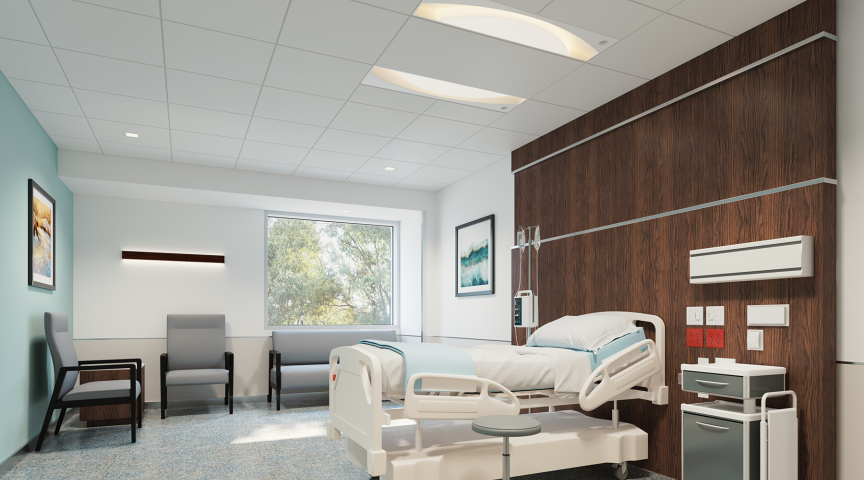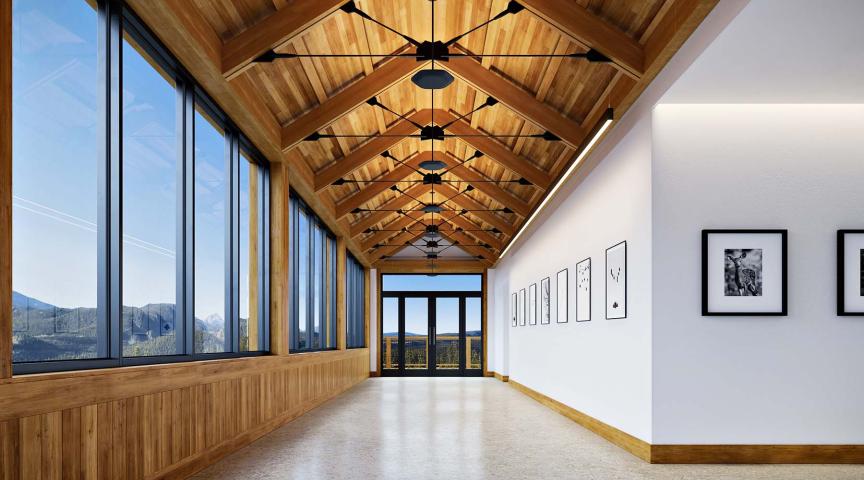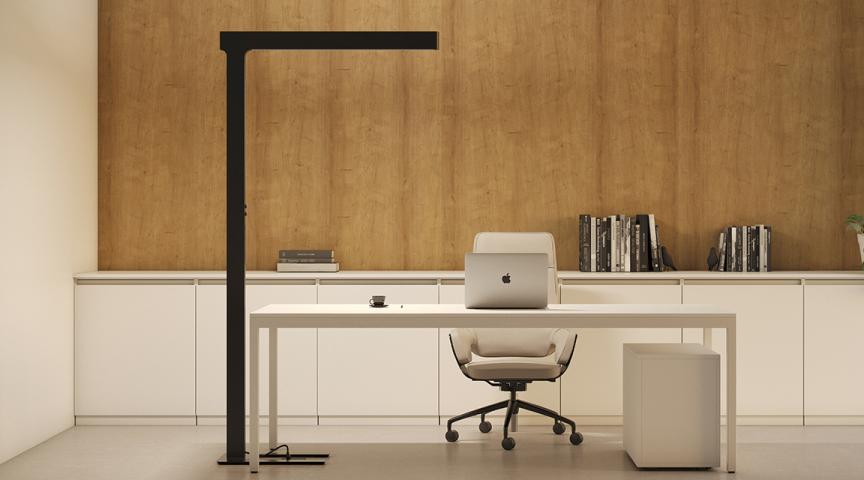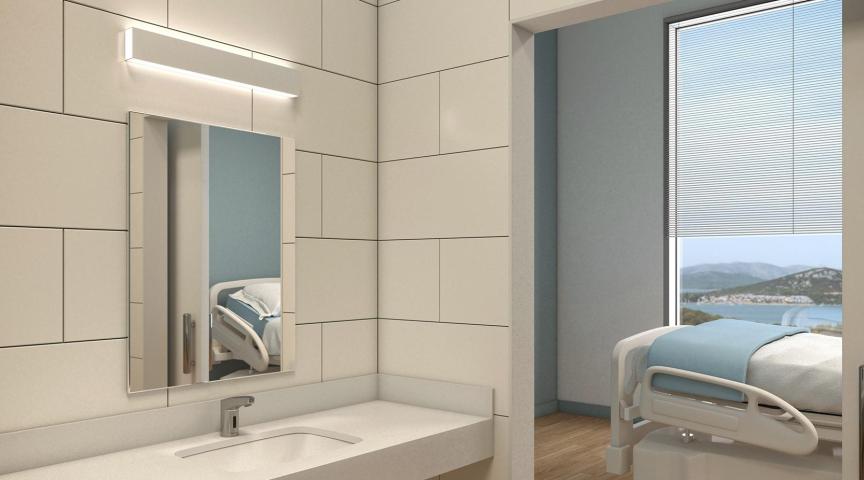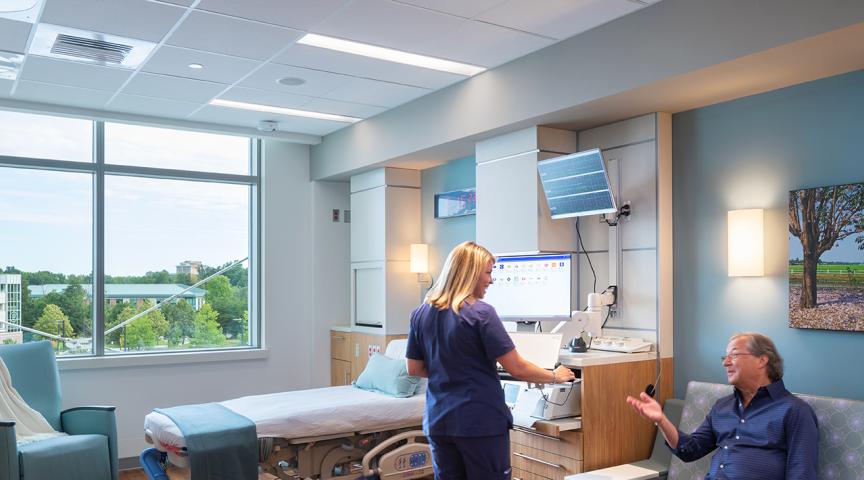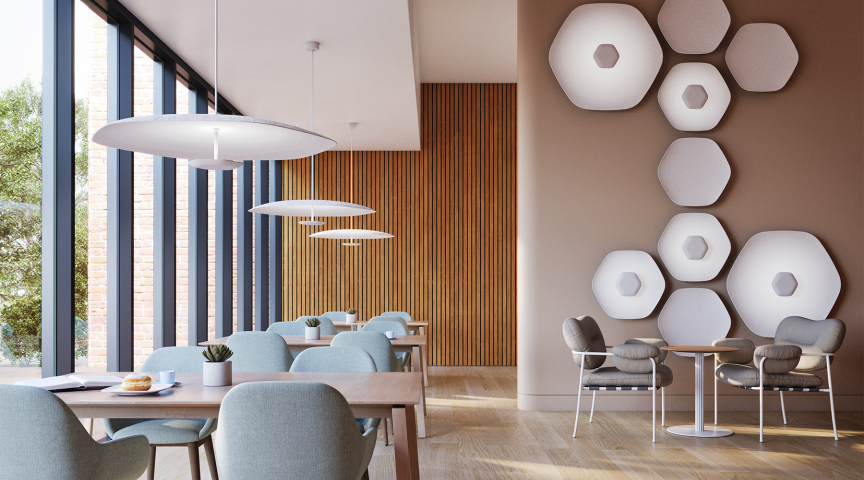Building a workplace with a new generation in mind
Look around your workplace. Do you see sustainable and eco-friendly materials? Is there a sense of community? Are there private spaces for respite or breakout areas?
If you answered yes to most of these questions, then you are beginning to see the effects Generation Z (Gen Z) is having on real estate and design. Gen Zers are defined as anyone born between 1995 and the early 2000s and are making up over 25% of the United States population. A generation of influencers, they were exposed to the Internet at a young age which makes them extremely comfortable with technology - they see it as an extension of themselves and consider social media a main channel to build connections.
These tech-savvy individuals grew up in a networked world resulting in a generation that expects everything quickly; they process information faster and multitask better. Raised with innovative tools at their fingertips, this group considers themselves to be connected to the world rather than to a local community, making them ultra-aware of global topics such as humanitarian efforts and environmental issues. Their perspective is changing the way commercial spaces are being constructed.
Take a look at four elements penetrating commercial workplace design which are being driven by Generation Z:
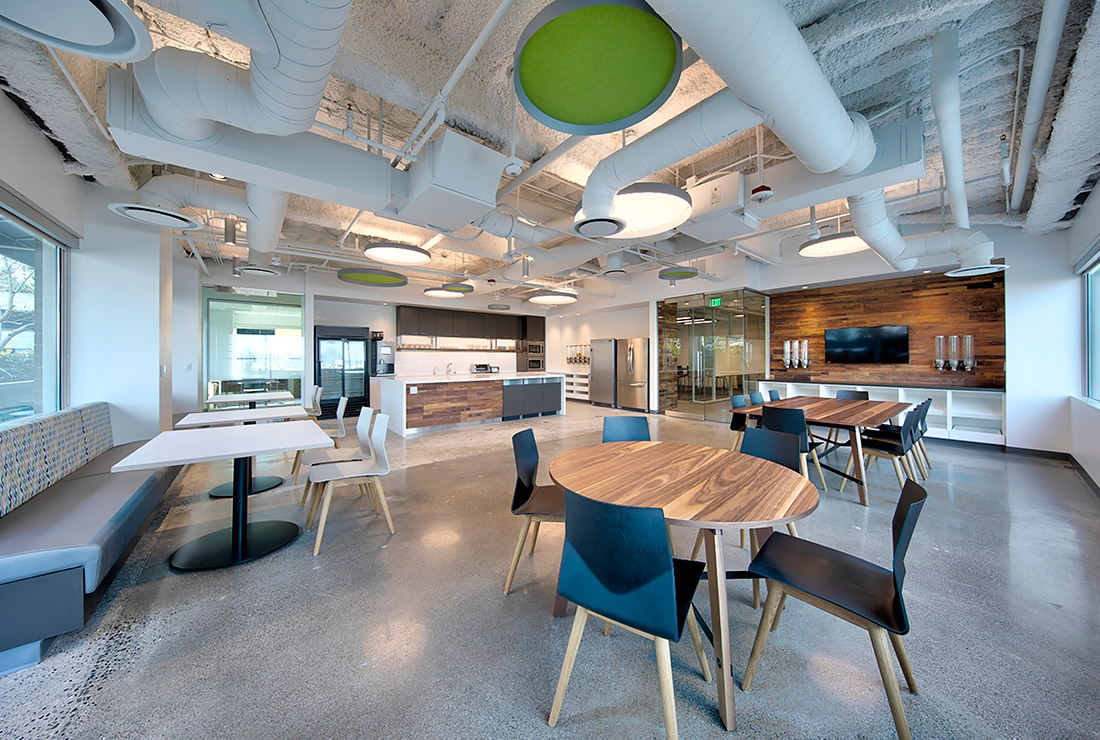
Eco-friendly materials
Connected to brands, individuals, and the media through the Internet and social media, Gen Z appears to be taking an active role in addressing the environmental impact of humans today. Their desire to make a positive impact on the world is being recognized by the increased use of sustainable and eco-friendly building materials such as the use of reclaimed wood for wall covering and polyester made of recycled plastic bottles, used in Acoustic Solutions luminaires.
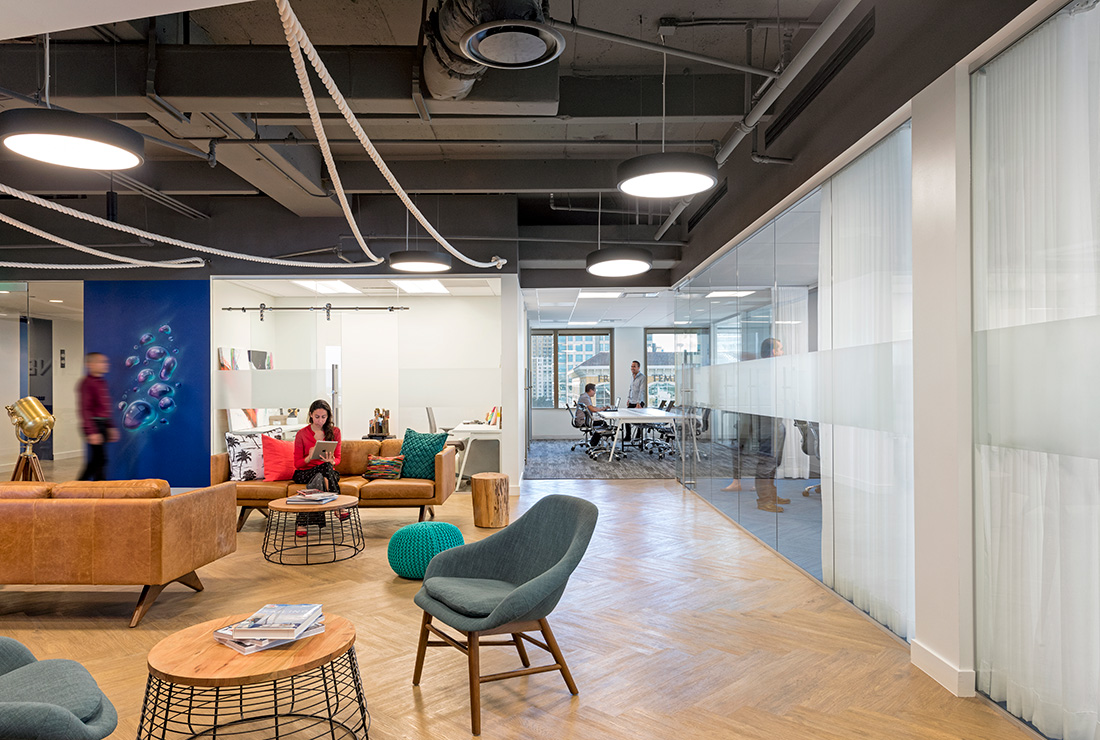
Co-working
Their environmental concerns expand beyond recyclable materials, addressing the impact of commuting to an office while still being connected to a community. Gen Zers are balancing the need for face-to-face communication versus technology-based communication by working remotely. Local cafés or nearby co-working spaces, typically walkable locations, serve as remote offices while still providing a connection to a community. It is a trend gaining the attention of corporations as they reevaluate the necessities of their office space, culminating in a smaller office footprint.
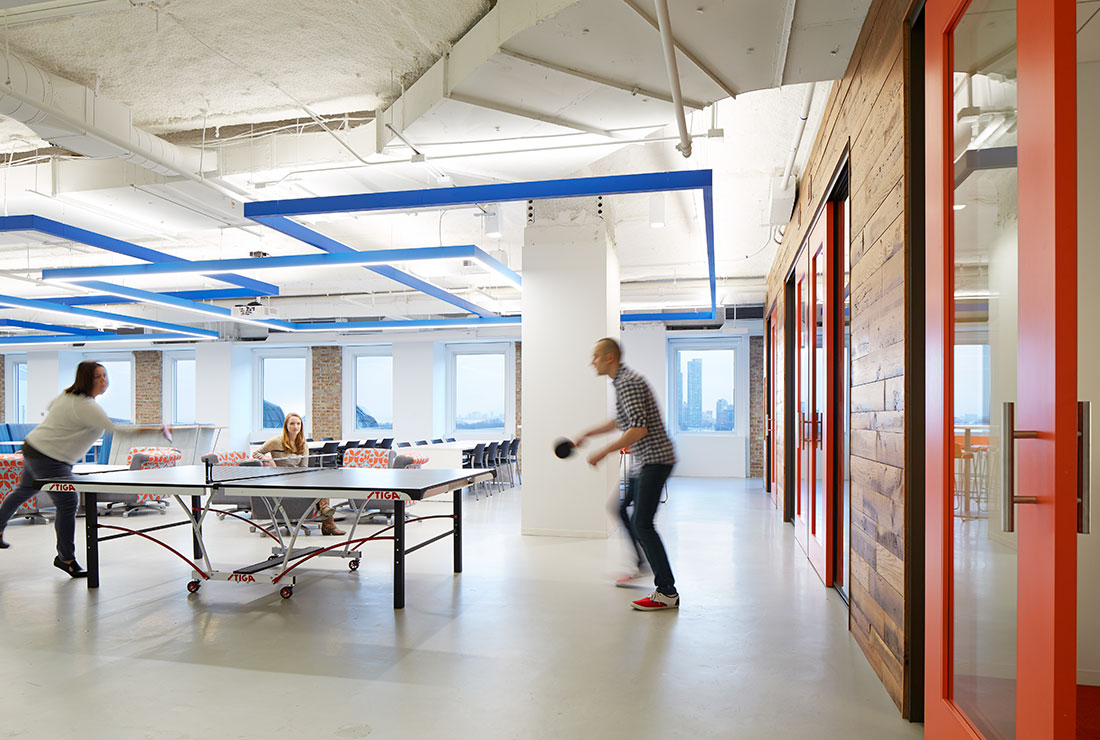
Areas of respite
The digital age has arrived, where being connected through digital devices and technology can be found in every aspect of someone’s life. Quiet, relaxation, and mediation areas are becoming commonplace in office design. These areas of respite support the emotional and mental health of individuals, contributing to the overall health and wellbeing of employees. Organizations incorporating more human-centric designs are seen by employees and prospects as attractive.
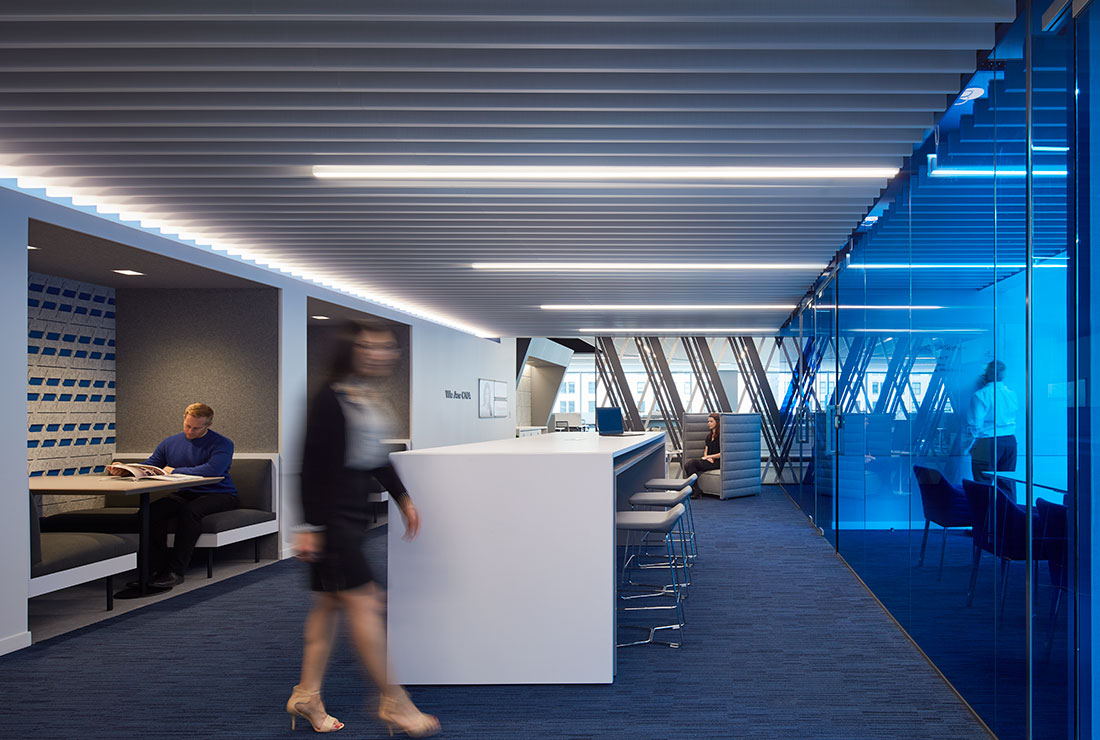
Unassigned seating
Baby Boomers contributed to office design with assigned cubicles and private offices, Millennials introduced the open office concept and Gen Zers, with their desire for individualism and awareness of human differences, are elevating the open office idea by introducing open seating. Open seating or unassigned seating allows for flexibility and placemaking, giving employees the option to select their workspace each day.
The oldest Gen Zers are now entering the workforce and their expectations are high. This generation thrives on an entrepreneurial spirit and individualism and will continue to shape the way offices are designed. The time to start designing for this new generation is now!
Generations and their influence






